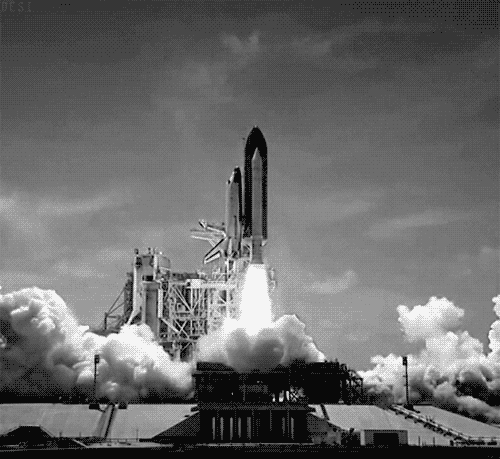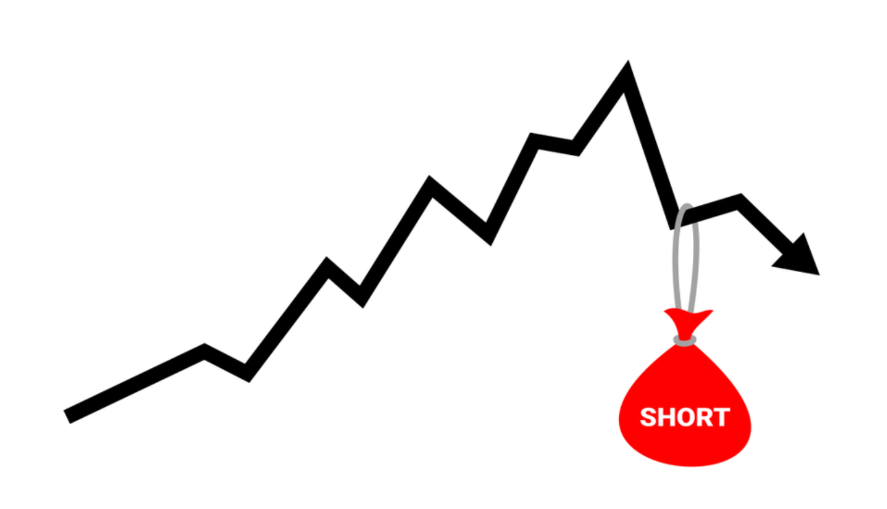Why do some stocks pop off on catalysts, while others seem to fizzle on what appears to be “positive news”
Sometimes it has nothing to do with news at all…
…It’s all about the market structure.

And today, I’m going to share with you what some of the key characteristics are.
What Makes Some Stocks Go
A positive catalyst not accounted for by the market is always a good place to start. For example, some common catalysts you’ll read about include:
- New business announcement (increased sales, new partnership)
- Analyst upgrade
- Positive mention on WSB
- Takeover rumors
- Activist investor involvement
- Chart breakout
- Increased chatter on social media about the company
- The positive ruling about the sector (government action)
- Positive news from a competitor (sympathy play)
- Negative news about a competitor (taking market share)
You get the picture, right?
Good.
While these factors have the potential to push a stock higher…there are arguably more important ones.
Here’s what they are:
Share Structure
There are a couple of pieces of information to be aware of here…
One is the number of shares outstanding which is the total number of shares authorized. This is the number used to calculate the market cap, which we will talk about below.
Now let’s say the CEO, insiders, and some big institutions own a whole bunch of shares.
That takes us to another piece of information…the floating shares. These are basically the shares you will have available to actually trade at the moment.
For example, let’s say a company buys back stock. That stock is outstanding but no longer floating. The company holds it as treasury shares, and while it’s still part of the total market cap, you won’t find that stock traded on the market (the company can later reissue it, adding back to the float).
Or as mentioned earlier, if insiders own a large portion of the outstanding shares. Those aren’t part of the float, either.
Why is this important?
It’s all about supply and demand.
When you go to pick up some shares through your broker, the number available for trading will make a difference in how easy it is to get the price you want.
Everyone is fighting for the same shares at any given price.
So if positive news breaks out, sending demand skyrocketing, it gets harder to pick up shares at the price you want.
And the less shares in the float, the harder it’s going to be to pick up…
…this can push the stock price with 100M shares floating much further and faster than if there are 2B shares in the float.
This is why you don’t see GE make massive moves daily. It’s going to take a lot more buying pressure to move GE as compared to CPOP.
Market Cap
The market capitalization (Market Cap) of a company is found by taking the total number of outstanding shares by the stock’s current market price.
It is the market value of the company taken as a whole.
And it is different from book value as the market tends to factor in the growth and the company’s future, whereas book value is an asset-based valuation.
Market cap is important when it comes to catalysts moving a stock simply from a valuation standpoint.
Good news is good news…but what’s it worth to a $1 trillion company vs. a $100M company.
A small company entering a new market or signing a billion-dollar deal will more likely affect the actual multiples of its revenues.
Short-Interest
Now for the ever so popular subject of late: Short-Interest.
It is simply the number of shares that have been sold short. You can also show it as a percentage of the float.
For example: if there are 100M shares in the float and short-interest of 10M, the short-interest would be 10% of the float.
When traders are betting on a stock to go down, they short it.
Therefore a high short-interest is a sign of how bearish traders are about a stock.
And this is where it gets interesting.
If a stock has a high short-interest percentage…say 20%…it’s prone to potential short squeezes.
And it happens when buyers push the price high enough to cause short sellers to cover their positions… which in turn adds to the overall demand.
This increased demand can cause violent spikes in stocks.
Bottom Line
Next time you come across a positive news headline, take the time to investigate the structure of the stock. There is a reason why some stocks react more violently than others. And the factors above could give you clues.






1 Comments
Excellent discussion of various factors going into a stock price change after news. I have heard some of this before but this was put together such that various pieces of information was glued together.